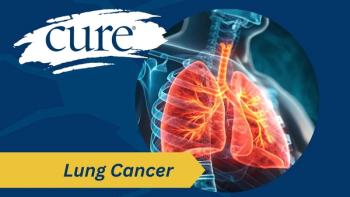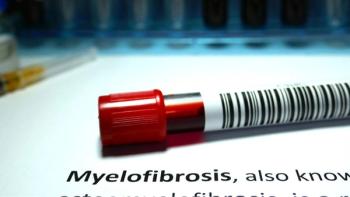
Mindfulness Matters After a Cancer Diagnosis
Patients can use daily practices to help reduce stress and anxiety.
Traditional medicine combined with complementary therapy has risen in use among patients with cancer and survivors.
Dory Ellen Fish, a licensed acupuncturist and mindfulness expert from Philadelphia, has been practicing the Chinese medicine for 25 years, working with people affected by cancer. At the 11th annual Joining FORCEs Against Hereditary Cancer Conference held Oct. 19-20 in San Diego, she discussed the physical, mental and emotional benefits of mindfulness. In an interview with CURE, Fish explained how the practice can be applied to everyday life.
What is mindfulness?
Mindfulness is a way of being comfortable in the moment and in our own skin. It’s staying with what is in the present moment. It’s so easy to go with “What did I do?” or “What is going to happen?” It’s either our fears or blaming ourselves. Where really, in the present moment, we are actually just fine.
How can patients practice mindfulness while undergoing treatment?
There are many things that people can do, and they should tailor it to who they are. There are so many ways to practice mindfulness. The time we are practicing, we are building a muscle and cultivating a new way of thinking and being in the world.
One of the main basis of mindfulness is the breath. So, conscious breathing. The flow of air in and out of the body. There are classes almost everywhere in mindfulness. If you enjoy being in a group, don’t start practicing alone and if you’re someone who likes being alone, don’t join a group. There are online resources and apps, such as insight timer, guided meditation and walking meditation.
What three mindfulness exercises would you tell a person to incorporate into their life daily?
Sit for 10 minutes. Find a comfortable chair. If you’ve never practiced before, look online or take a class, and have a seated practice. It’s best in the morning. And if sitting isn’t possible, then walk.
The second thing that I think is a wonderful tool for us to have is the 4-7-8 breathing — a timed breathing technique. You can find Andrew Weil, M.D.’s, (integrative medical expert),
And then one of my teacher’s recommended that it is never not appropriate to stop, check in and see if we would like to adjust either our body, our breathing or our perspective. It’s great if we can use different cues to use these tools. (For example), if you’re driving, every time you hit a stop light check in, check your breathing, body language and where your mind is. Maybe we’re not even present at all. Or you can do this every time you hear your phone ding. In a perfect world we’re all going to sit and meditate for 10 minutes twice a day, but don’t feel bad if that doesn’t happen. Trying to have our mind be where our body is.
Why is mindfulness so important?
I feel passionate about mindfulness because it’s a way of being in the world. So many of us live in memories or what if or what we’re going to be doing next — that’s not real. There is a quote that I love: “I’m an old man and have known a great many troubles, but most of them never happened.” And that’s a shame. When we are living there we are causing ourselves so much more stress and we are missing all the support, all the magic and beauty of exactly where we are. Ultimately, I think we want to suffer less and enjoy more and have less pain in our lives. And suffering comes from wanting things to be different than they are. If we can be in the moment, then there is more peace, content, love and joy. When we breathe in and breathe out, we can begin to think you know what “I’m OK in this moment. Maybe I’m going to be OK in the next moment, too.”




